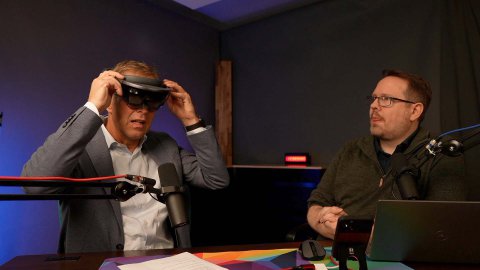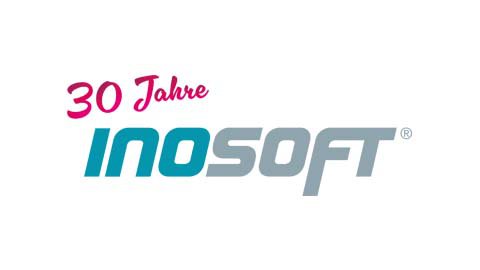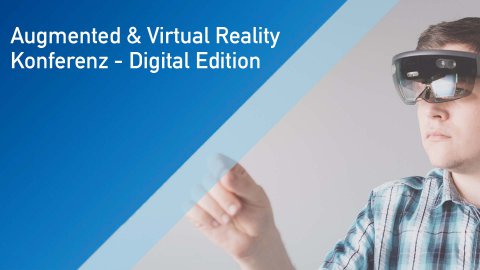Augmented & Virtual Reality Conference
Digital Edition
Augmented & Virtual Reality are among the most interesting technologies in the context of Industry 4.0 and digitalization. Even with commercially available SmartPhones, significant improvements can be achieved in the support of production processes, the processing and acceptance of maintenance instructions or the handling of chemical or pharmaceutical preparations.
All presentations were recorded, the videos are available below:
Introduction
Welcome and company presentation
Topic Block Augmented Reality
Augmented Reality - Introduction: Overview of the different device classes, end devices and data glasses. What are the basic functions? Where are the challenges? What do possible solutions look like?
Identification and marking: In complex production environments, different sources of danger arise depending on the type of production in progress, for example due to hot lines. This information can be made visible using AR and so-called motion tracking. In the talk, we will demonstrate what is technically possible using an implementation for SmartPhones and the Microsoft HoloLens.
Mobile tagging and object recognition: In mobile tagging, objects are enriched with data using QR codes. This data is then read out via mobile devices and processed further. This makes it possible to implement tasks in which the acceptance of individual steps incl. the materials used plays a major role, such as when conducting clinical studies in doctors' offices.
Remote support and consulting: Augmented reality is ideally suited to provide visual support for identifying and solving problems quickly, easily and securely across distances. Presentation of the technical possibilities and exemplary implementation of a remote session.
Augmented Reality in daily use: Practical report i40 portal use at the company Hammelmann GmbH, supplier of high-pressure pumps and technical systems for high-pressure applications. hammelmann.com
Step-by-step instructions: Since the iPhone 12, the camera of the Apple smartphones contains a so-called LiDAR scanner, which uses lasers to assess distances and depth. This opens up new possibilities for the placement of virtual objects - in terms of accuracy and occlusion - to position markers, hints, images directly on the real object in step-by-step instructions.
Topic Block Virtual Reality
Virtual Reality - Introduction: Overview of commercially available VR data glasses and the respective distinguishing features.
Learning: Any number of participants meet with a trainer, teacher, instructor in the virtual environment, e.g. a production plant. The participants are ideally equipped with data glasses or follow the instructions directly on the PC. The trainer guides the group through the scene, explains the processes or explains specific activities.
Training: In an online project room, team members work together on a 3-dimensional process description, for example to find a new solution for a necessary adjustment, to brainstorm or to follow the entire process virtually.
Exploring: Any number of participants in different locations dial into a session. The application offers completely new possibilities for visiting an interesting site, museum or historical building together. Background information is presented live, e.g. by a tour guide, while he leads the group through the area.
Conclusion
Summary and conclusion



